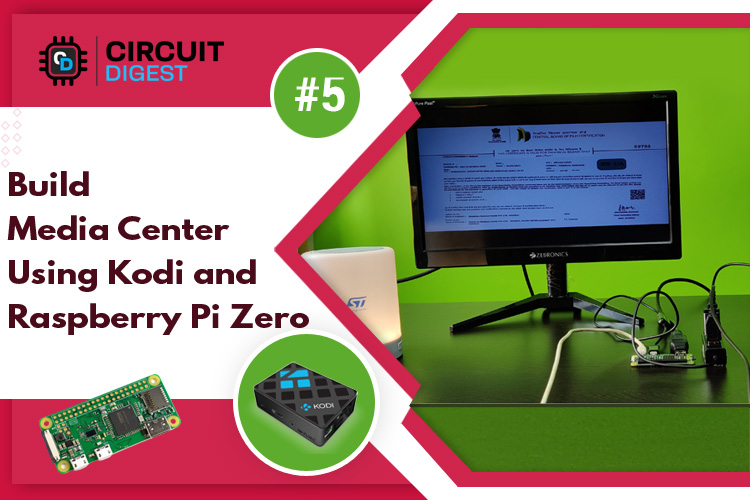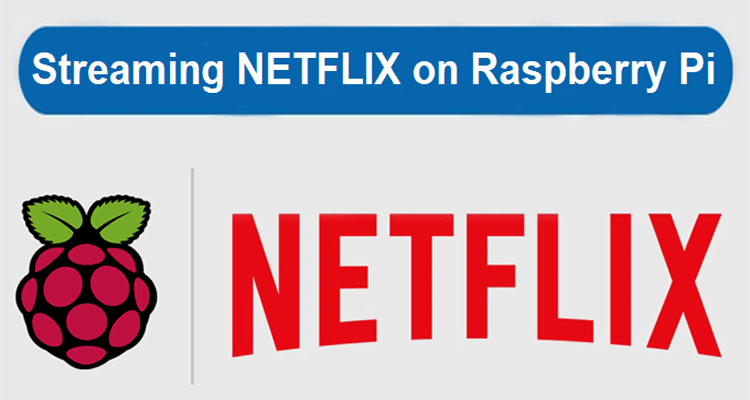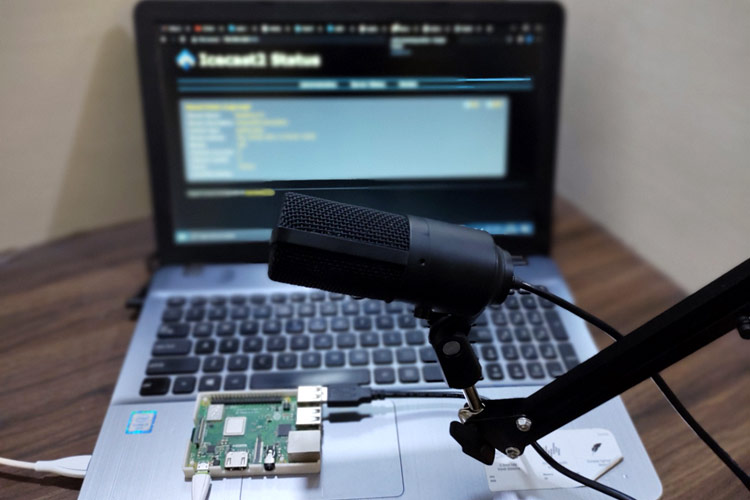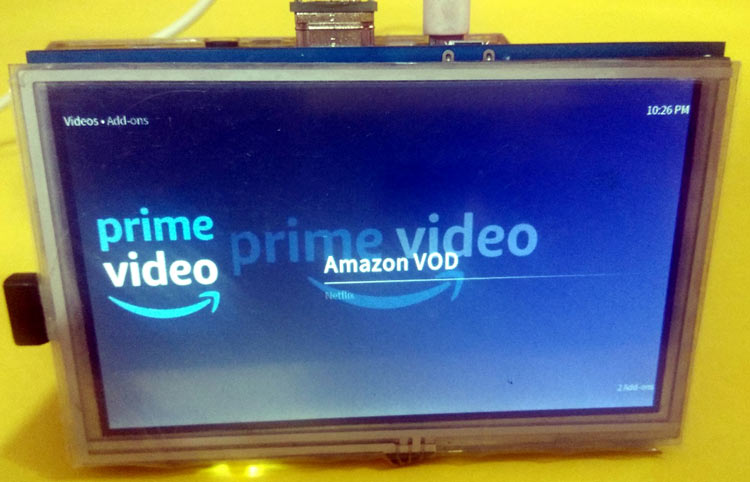
How to Stream Amazon Prime Video on Raspberry Pi Using Kodi
Streaming media from the internet is gaining popularity due to faster and cheaper internet availability. And because of the COVID-19 pandemic, the use of OTT platforms like Amazon Prime, Netflix, Hotstar, and YouTube has been increased significantly. It also has many benefits over the downloading of media files. Streamed media requires minimum hard drive space, and you can set the visual quality according to your internet speed.
As we know that Raspberry Pi is Linux based palm-sized computer and can do all the tasks that a ‘normal’ computer can do. We previously used the Raspberry PI to set up a Media server, Mopidy Music Server, Minecraft server, etc. Today, we will again use a Raspberry Pi to stream Amazon Prime Video using the Kodi media player software platform. We previously installed Kodi on a Raspberry Pi to create a Media Server.
This complete tutorial will show you how to use streaming Amazon Prime Video on a Raspberry Pi. Our in-depth introduction to Raspberry Pi Amazon Prime Video will assist you in building the ideal home entertainment system, regardless of your level of experience. With better customization options, the Raspberry Pi Kodi Amazon Prime combo provides a cost-effective substitute for streaming devices.
Table of Contents
- How to Stream Amazon Prime Video on Raspberry Pi Using Kodi
- Materials Used in Amazon Prime Video Raspberry Pi
- What is Kodi?
- OSMC
- Installing OSMC on a Raspberry Pi
- Installing Amazon Prime Video on Raspberry Pi
- Contributing to Amazon Prime Video Performance Streaming from a Raspberry Pi
- Frequently Asked Questions
- Similar Streaming & Media-Center Projects on Circuit Digest
Materials Used in Amazon Prime Video Raspberry Pi
- Raspberry Pi 3B
- Raspberry Pi TFT 5-inch Display
- Micro SD Card (16 GB)
- USB Optical Mouse
- USB Keyboard
- Power Adopter for Raspberry Pi
What is Kodi?
Kodi is an open-source software media centre, that allows us to access all kinds of content, including videos and music. We can run that content on any device like a TV, a laptop, a phone, or even on our Raspberry Pi. It comes with its own attractive GUI and it supports some third-party add-ons which we can use for various interesting media streaming purposes.
Kodi is a free-to-use software as it is distributed under license GNU / GPL 2 license. It was formerly called “XBMC”. We need to install OSMC OS on our Raspberry Pi to avail of Kodi features. Let’s find out what OSMC is, and how to install it on Raspberry Pi.
OSMC

OSMC (open source media centre) is a Linux-based open-source operating system. OSMC allows media playback from the local network, attached storage, and from the Internet. There are many media servers for Raspberry Pi which can be used for media streaming, but because of their rich features, we have chosen OSMC for this Raspberry Pi Amazon Prime Video project.
After OSMC installation on a Raspberry Pi, we can see the interactive Kodi interface on the display and can enjoy the media streaming. It also offers simple installation on a Raspberry Pi in a few minutes. Since OSMC runs Kodi, we can also add several add-ons like Amazon Prime Video, Netflix, etc., as per our requirements.
Installing OSMC on a Raspberry Pi
1. Download OSMC
First of all download OSMC from the official OSMC website. Download the disk images for Raspberry Pi from the website, which can be later written into the Pi SD card.
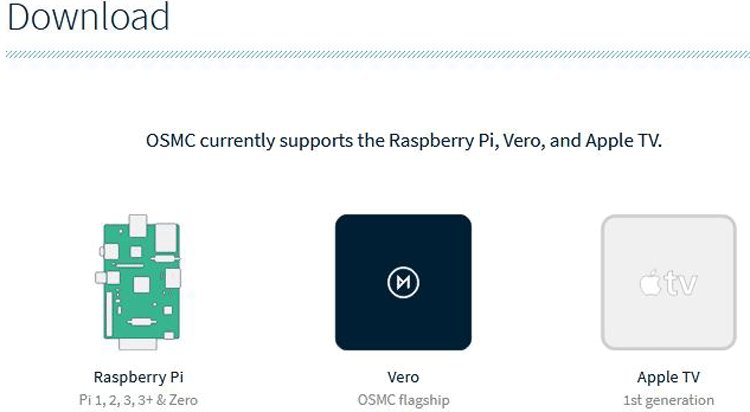
2. Write the Disk Images into an SD Card:
Next, write the downloaded OSMC files into the SD card. For this, you can use an application called “BalenaEtcher” which can be downloaded and installed from here. Select the image file download as shown below, and SD card as the drive options. Then click on Flash to complete the writing process.
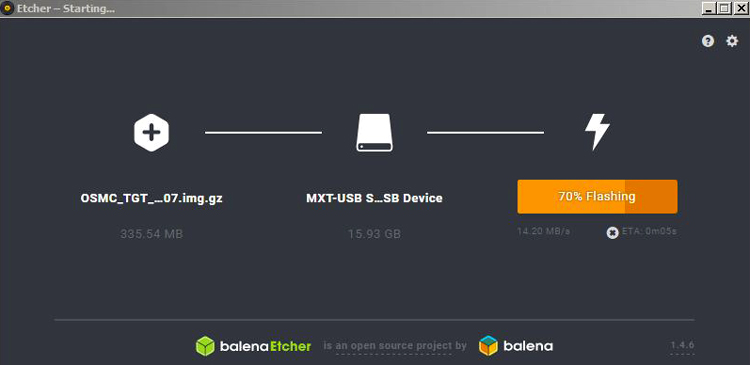
3. Boot Raspberry Pi and Configure OSMC:
After successful image writing on the SD card, boot the Raspberry Pi for the first time. Here we have to do some configurations, which are given below:
- Set your Default Language as per preference
- Set your Time Zone
- Set your Device Name
- Make sure SSH is enabled, if not enable it
- Configure your Networking (Wired or Wireless). Connect to your preferred network in this option.
- Exit the welcome Menu
4. Get the IP Address of Raspberry Pi:
Once all the OSMC configuration is successfully completed, we can now see the OSMC home screen. Now go to Settings à System Info and note the IP address of your Raspberry Pi.
5. Connect Raspberry Pi through SSH:
Now after all the configuration is done, we can now access the Pi Terminals through SSH. For using SSH, download a terminal application like Putty. Putty can be downloaded and installed from here.
Put the IP address of Raspberry Pi, which we noted earlier, in the place of the IP address as shown in the figure below. In my case, the IP address was 192.168.43.198.
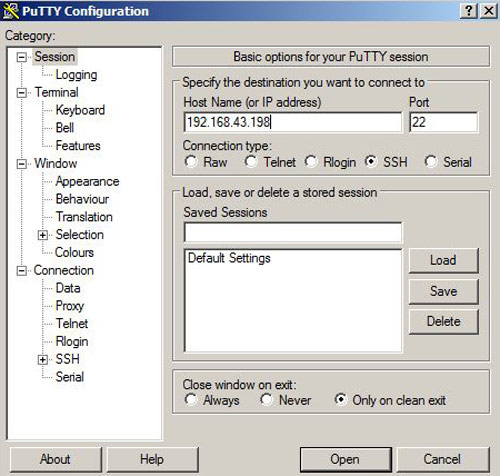
6. Login to OSFC using the Terminal Program:
Now, log in to the OSFC terminal application using your username and password. The default username and password are:
Username: osmc
Password: osmc
After successful login, you can see a screen as shown below:
Installing Amazon Prime Video on Raspberry Pi
1. Download Amazon Prime Video Add-on
To install Amazon Prime, we have to download the Add-on for Amazon Prime Video. To do so, run the command below through Putty after successful login.
wget https://github.com/Sandmann79/xbmc/releases/download/Repository/repository.sandmann79.plugins-1.0.3-leia.zip2. Install Amazon Prime Video
- Switch to Kodi Interface, then go to ‘Settings’ and select ‘Add-on browser’ as shown below:
- Select ‘Install from Zip file”.
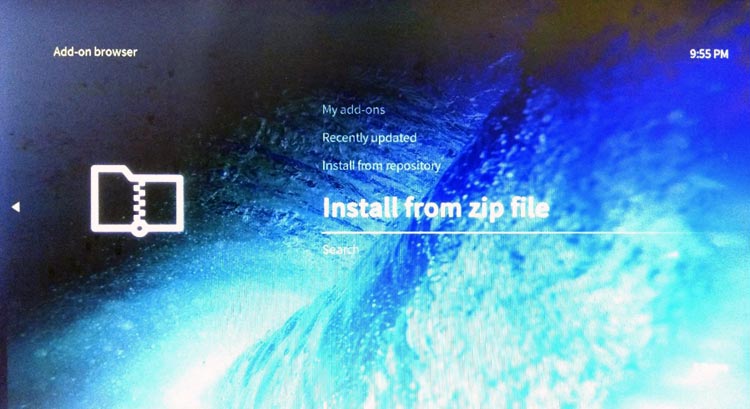
- Select Root filesystem -> home -> osmc -> repository.sandmann79.plugins
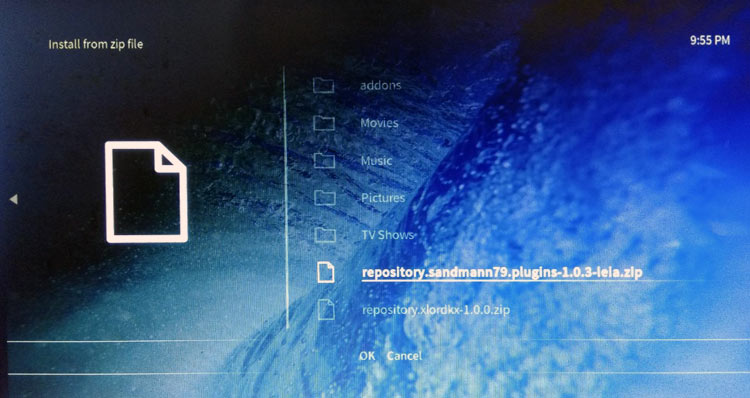
- To install the add-on, go to Settings -> Add-on browser -> Install from repository -> Sandmann79s Repository
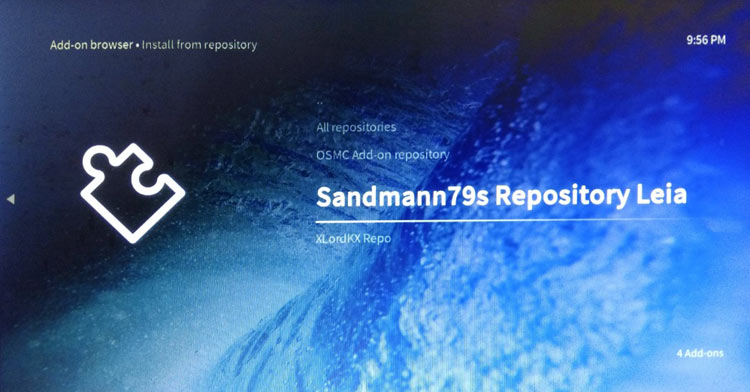
- Select Video add-ons -> Amazon VOD, and select Install. This will install the Amazon Prime Video add-on to OSMC.
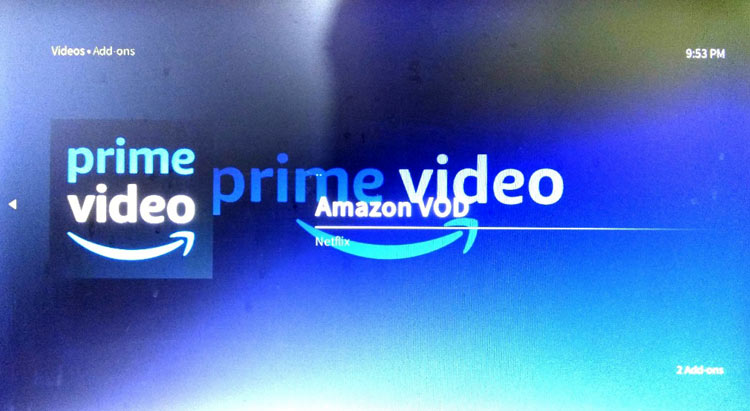
3. Configure Amazon Prime Video
- For configuring the Amazon Prime Video, go to Settings -> Add-on browser -> my add-ons -> Video Add-ons -> Amazon VOD and Select Configure. Under the General Tab, change “Playback with” to Input Stream. If it has been already selected, then ignore it.
- Under the Connection Tab, go to Sign In, and log in to your Amazon Prime Account with your Amazon Prime credentials. That’s it, now you can enjoy all your favourite videos or web series with Amazon Prime Video.
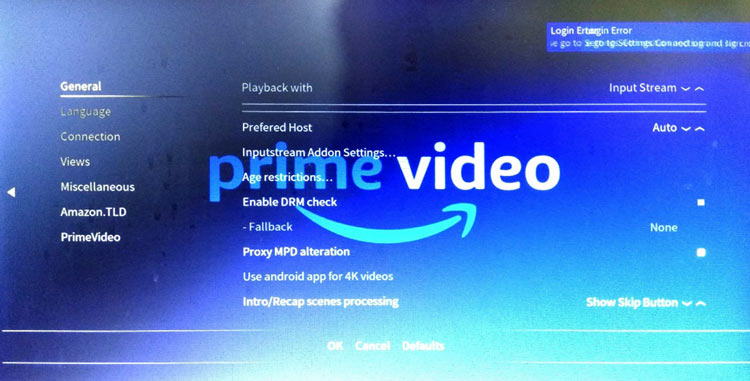
Here we have used a 3.5-inch Pi TFT screen with Raspberry Pi, but you can use an HDMI cable to connect it to your TV to watch it on a big screen.

Contributing to Amazon Prime Video Performance Streaming from a Raspberry Pi
Considering into account these optimization suggestions to get the most out of your Raspberry Pi Kodi Amazon Prime setup
» Memory Split: When streaming Amazon Prime Video on a Raspberry Pi, give the GPU more memory (128MB or 256MB) for improved video decoding.
» Overclocking: To increase performance, safely overclock your Pi, but make sure your Amazon Prime Video has enough cooling by configuring a Raspberry Pi.
» Network Optimization: For more reliable streaming, use a wired Ethernet connection rather than Wi-Fi.
» Raspberry Pi Storage for Amazon Prime Video: To avoid bottlenecks in your Raspberry Pi Kodi, use a fast, high-quality SD card (Class 10 or higher) in your Amazon Prime system.
Frequently Asked Questions
⇥ Without Kodi, is it possible to stream Amazon Prime Video on a Raspberry Pi?
The most dependable way to stream Amazon Prime Video on a Raspberry Pi is to use Kodi with OSMC, though there are other options. The optimal compatibility and user experience for streaming content are offered by the Raspberry Pi Kodi Amazon Prime combo.
⇥ Which Raspberry Pi models can stream content from Amazon Prime Video?
Amazon Prime Video Raspberry Pi streaming is supported by the Raspberry Pi 3B, 3B+, and 4. The Pi Zero W may have trouble playing HD video, even though it can run Kodi. We suggest the Pi 3B or later models for the best experience streaming Amazon Prime Video on a Raspberry Pi.
⇥ Does this setup require an Amazon Prime membership?
Yes, to stream media using your Amazon Prime Video Raspberry Pi setup, you must have an active Amazon Prime membership.
⇥ When using a Raspberry Pi to stream Amazon Prime Video, what kind of video quality can I anticipate?
Depending on your internet speed and Pi model, your Raspberry Pi Kodi Amazon Prime setup can stream up to 1080p HD content. When streaming Amazon Prime Video on a Raspberry Pi, the Pi 3B performs best at 720p for steady playback, while the Raspberry Pi 4 streams in 1080p with ease.
Similar Streaming & Media-Center Projects on Circuit Digest
Explore DIY projects like the Video Streaming System, which allows real-time video transmission over Wi-Fi to your smartphone or browser.
Build Your Own Media Center Using Kodi and Raspberry Pi Zero W
In our previous tutorial, we used Raspberry Pi 3 for building a media center using Kodi, and in this tutorial, we are going to install kodi on Raspberry Pi Zero W. Apart from installing Kodi on Pi Zero, we will also understand how to install local weather station and play video on Kodi video player.
How to Watch Netflix on Raspberry Pi
Today, we will again use a Raspberry Pi to watch Netflix using the Kodi media player software platform. We previously installed Kodi on a Raspberry Pi to create a Media Server.
Raspberry Pi Internet Radio and Streaming Station
In this tutorial, we are going to set up a Raspberry Pi streaming station using DarkIce and Icecast. DarkIce and Icecast are two Raspberry Pi packages used for audio recording, encoding, and streaming.
Get Amazon Prime Video Streaming on Your Raspberry Pi Now!
This guide has helped thousands of users set up their Raspberry Pi streaming systems for Amazon Prime Video. At a fraction of the price of commercial streaming devices, your Raspberry Pi Kodi Amazon Prime setup will offer countless hours of entertainment.
This is how we can set up a Raspberry Pi for Amazon Prime Streaming and can watch Prime Video on a Raspberry Pi. A detailed Video is given below.


